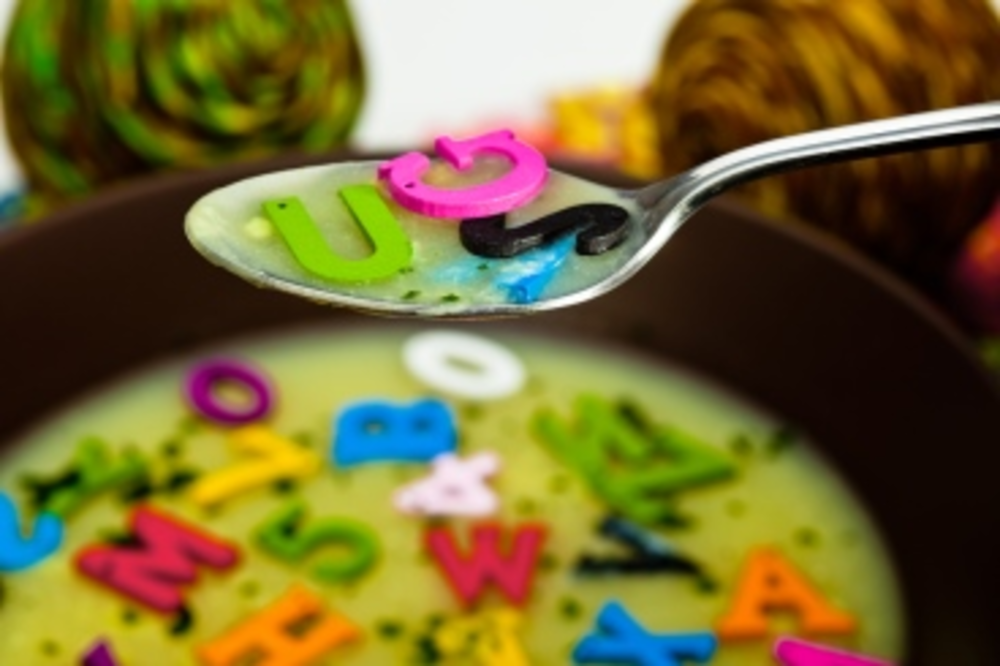Here are three remarkable statistics. According to the Center for Disease Control, the percentage of 6- to 11-year-olds classified as obese rose from 7% in 1980 to almost 18% in 2010. Counties with poverty rates of 35% or more have obesity rates 145% higher than wealthy counties, says the American Diabetes Assocation. And Pew Research reports that households earning $30,000 or less send and receive an average of 60 texts a day, double the number handled by $75,000-plus households.
For two nonprofits—Partnership for a Healthier America (PHA) and Share Our Strength (SOS)—these stats formed the basis of “Dinner Made Easy,” a text-based nutrition education program that has been seeded in more than 4,000 U.S. households. “Poorer populations over-index for obesity and chronic diseases like diabetes and athsma. In targeting lower income people, it was amazing to find how much they also over-indexed for text,” says Drew Nannis, CMO of PHA.
The fact that a mobile phone is often a lower-income American’s sole electronic device accounts for the phenomenon, notes Collette Yankoupe, mobile services account director at SoundBite Communications, which administrated Dinner Made Easy. “Higher income households are more likely to also communicate via desktops and tablets,” Yankoupe says.
What’s more, a good SMS program can be marketing gold. A 2010 report from Mobile Squared produced another remarkable (and much quoted) statistic: 90% of text messages are read within three minutes being received.
This being the nonprofits’ first foray into SMS marketing, they and promotion partner Birdseye spread the word in grassroots fashion, signing up opt-in participants at SOS’s nationwide “Shopping Matters” classes, which provide grocery shopping and cooking tips to people receiving food stamps through the Supplemental Nutrition Assistance Program. Beginning in April and extending through October, participants receive two texts a week (in English or Spanish) offering up recipes and deals. An example: “Dinner’s on us for 10 winners each week. Will you be one of them? $50 gift cards & Birds Eye coupons could be yours.”
Some 2,500 people signed up for the program in its first week, and an average of 150 or more have been coming on-stream each week since. It doesn’t sound like big numbers for a national marketing program, but Nannis, who views Dinner Made Easy as something of an experiment, is heartened by the results. “Part of the measurement is the number of people we get to sign up, but another big part is how the program improves interaction between people taking the Shopping Matters courses and the instructors,” he says.
PHA is also using the program to do some basic behavioral research. Once a month SoundBite sends a post on PHA’s behalf that asks questions such as, “What day of the week do you shop?” or “What vegetables do your kids like the most?” In a subsequent campaign, Nannis says, “this could allow us to email people with recipes on Wednesday if we know that’s the day they shop or, if it’s a number of days after shopping day, to say ‘Hey, if you haven’t done anything with that broccoli sitting in the fridge, here’s a recipe your kids might love.’ The level of interactivity you can do really increases with more information.”
What Nannis also hopes will increase as a result of the text program is involvement from retailers. Walmart has made a pact with PHA to build 250 stores (50 of which are completed) in “food deserts”—low-income neighborhoods where supermarkets are scarce. The non-profit also works with Brown’s Super Stores in Philadelphia and Klein’s Shop-Rite in Baltimore. Partnerships with such concerned retailers, Nannis says, is something that he hopes to bring to the next iteration of Dinner Made Easy.








